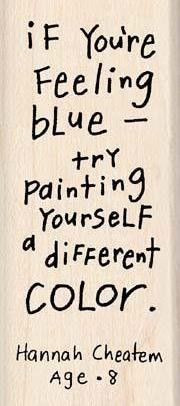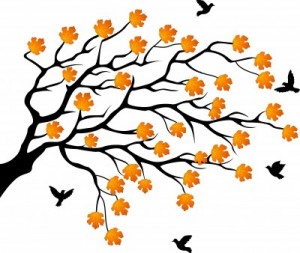How To Be A Success With NLP
What comes to mind when you hear the word ‘success’?
Success is something that everyone wants, yet means something different to each person. So how can you attain it? Is there some underlying secret that ensures growth in every area of life?
I believe there is. On my journey through life I’ve been blessed to meet a number of people who are very successful. Either because they’ve reached MAJOR life goals, or because they’ve achieved a level of happiness untouched by most people alive today.
My observation is that there definitely is a formula for success. Some of the most successful people I’ve met are NLP practitioners. This is no accident.
I first became an NLP practitioner when I was 19 years old and it continues to teach me new insights about how to live my life more successfully.
The ‘NLP Success Strategy’ is a tool that I have repeatedly applied in my life… it continues to work for me and I’m 100% confident it will work for you too because I believe it really works for anybody.
Here is a video that will share the underlying formula






